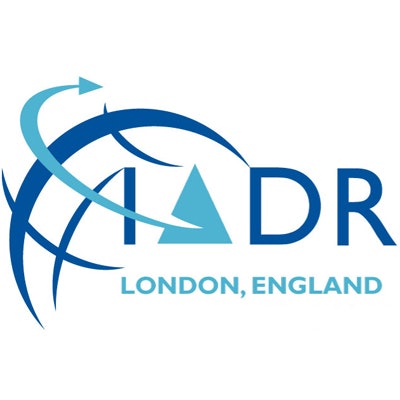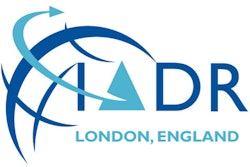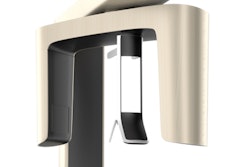
Traditionally, a periodontal probe has been used to assess pocket depth. But can another measurement method offer more consistent results? Researchers reported that photoacoustic imaging might offer an alternative in a presentation on July 26 at the 2018 International Association for Dental Research (IADR) meeting in London.
Researchers from the University of California, San Diego used photoacoustic imaging and a contrast agent to measure pocket depths in swine models. This novel technique was effective, they reported.
"The values we achieved with this novel technique agreed nicely with the gold standard periodontal probe approach but were more precise and covered all areas of the tooth," they wrote.
The study was led by Jesse Jokerst, PhD, an assistant professor in the department of nanoengineering at the University of California, San Diego in La Jolla, CA.
Photoacoustic imaging is an imaging modality that combines the high-contrast specificity of optical imaging with the high spatial resolution of ultrasound imaging, according to a 2011 study in the journal Interface Focus (August 2011, Vol. 1:4, pp. 602-631). A photoacoustic image is essentially an ultrasound image in which the contrast depends on a tissue's optical absorption.
“This study demonstrated for the first time that pocket depths could be measured with photoacoustic imaging.”
Jokerst and a colleague collected photoacoustic and ultrasound images before and after application of a food-grade cuttlefish contrast agent to a swine model of 27 teeth. They measured pocket depth with a Williams probe before imaging and used the sagittal view of the 3D images for the comparison measurements.
The photoacoustic imaging approach offered 0.01-mm precision and covered the entire periodontal pocket, the researchers reported. They contrasted this with the probe-based approach that is limited to only a few sites in the pocket. The gingival thickness also can be precisely measured via the ultrasound mode data, the researchers noted.
They concluded that this method was useful for measuring pocket depths.
"This study demonstrated for the first time that pocket depths could be measured with photoacoustic imaging," the researchers wrote. "Future work will use models of periodontal disease as well as automated algorithms to collect and process the data."



















